Description
WOODWARD 9907-1106 – Digital Speed Control for Engine and Turbine Governors
The WOODWARD 9907-1106 is a factory-configured digital speed control module used on industrial engines and small steam/gas turbines where stable speed regulation, dependable droop/isochronous modes, and tight load control really matter. From my experience, this series is often specified as a drop-in replacement in aging genset panels to recover stable frequency and better transient response without rewriting the whole control cabinet. You might notice that it plays nicely with standard magnetic pickup (MPU) speed sensors and Woodward electric actuators, which keeps commissioning straightforward in most cases.
Company’s Order Placement Process and Guarantees
- Warranty period: 365 days
- Delivery: 1 week if in stock; no more than one month at the latest
- Payment: 50% advance payment; full payment prior to delivery
- Express: FedEx, UPS, DHL
Key Features
- Digital speed governing – Provides stable droop or isochronous control to maintain engine/turbine speed and generator frequency under variable loads.
- MPU speed sensing – Works with a standard magnetic pickup on the flywheel or gear, which typically simplifies retrofit work.
- Actuator-friendly output – Compatible with Woodward proportional electric actuators; in many cases you can reuse the existing actuator and wiring.
- Tunable dynamics – Gain, stability, and rate settings let you dial in response for reciprocating engines or small turbines without hunting.
- Load control options – Common configurations support load sharing or power/frequency trim, helping multiple gensets run smoothly in parallel.
- Industrial temperature range – Designed for cabinet mounting in harsh environments with stable performance across typical plant temperatures.
- Field-proven platform – The 9907-series controls are widely used in power generation, oil & gas, and marine applications, which usually eases validation by end users.
Technical Specifications
Note: Woodward builds option-specific variants under the same part number family. The entries below reflect common, field-used configurations for the 9907-series. Please verify against your 9907-1106 nameplate and I/O label if you are matching an installed unit.
| Brand / Model | WOODWARD 9907-1106 |
| HS Code | 9032.89 (Automatic regulating or controlling instruments and apparatus, other) |
| Power Requirements | 24 VDC nominal (typically 18–32 VDC), < 20 W in most installations |
| Operating Temperature | -40 to +70 °C (typical for Woodward cabinet-mounted governors) |
| Signal Inputs | Magnetic Pickup (MPU) speed input; selectable analog trim (commonly 4–20 mA or 0–5 V) depending on options |
| Outputs | Proportional actuator drive (Woodward electric actuator compatible); relay/status outputs for run/alert functions |
| Communication Interfaces | Varies by option; common variants support RS‑485 (Modbus) or CAN J1939; some versions are standalone without fieldbus |
| Installation Method | Panel/cabinet mounting; front-panel adjustments or software tuning depending on revision |
| Dimensions & Weight | Compact control module for 19-inch or backplate mounting; typically < 2.5 kg. Confirm per 9907‑1106 label. |
Application Fields
- Power generation gensets (prime or standby) needing stable frequency and clean load acceptance.
- Oil & gas engine-driven compressors and pumps where speed droop and ramp control reduce process shocks.
- Small steam/gas turbines for mechanical drive or auxiliary power with isochronous speed regulation.
- Marine auxiliary gensets with simple parallel operation and load sharing requirements.
- Industrial CHP or cogeneration systems requiring steady grid or islanded performance.
Advantages & Value
- Reliability – Woodward governors are known for long service life; spares are readily sourced in most regions.
- Compatibility – Usually pairs with existing MPUs and Woodward actuators, cutting retrofit time and wiring changes.
- Cost control – Stabilizes frequency so breakers close faster and fuel use is optimized during load transients.
- Supportability – Documentation and field knowledge are widespread; technicians are typically already familiar with tuning steps.
A maintenance supervisor shared that swapping a legacy analog card for a 9907-series module on a 1.5 MW genset “took half a shift including tuning, and stopped our weekly hunting alarms.” That seems to be the common experience on comparable fleets.
Installation & Maintenance
- Cabinet & mounting – Install in a clean, dry control cabinet with adequate ventilation. Keep power and MPU wiring separated from high‑noise cabling.
- Power & grounding – Use a clean 24 VDC supply with proper earth grounding. From my experience, adding a dedicated control power breaker and surge protection pays off.
- MPU setup – Set pickup gap per sensor spec; twisted pair shielded cable helps prevent false counts.
- Actuator linkage – Verify zero/full stroke and mechanical stops before tuning gains; sticky linkages will mask governor performance.
- Tuning – Begin with conservative gain/stability settings; step-load the set and adjust in small increments to avoid oscillation.
- Routine care – Quarterly visual inspection, connector re-seating, dust removal, and checking event/status LEDs. Firmware updates where applicable should be scheduled during planned outages.
- Safety – Lock-out/tag-out the prime mover. Verify runaway/overspeed protection is functional before live tests.
Quality & Certifications
- Designed for industrial duty; CE compliant in typical configurations.
- UL/cUL recognition and RoHS conformity are commonly available on this product family.
- Manufacturer warranty support; sales warranty: 365 days as stated above.
Suggested Accessories and Compatible Parts
- Magnetic Pickup (MPU) speed sensor – standard threaded type for flywheel sensing.
- Woodward proportional electric actuator – sized for your fuel rack or steam valve torque.
- Wiring kit and shielded twisted pairs for MPU and analog signals to minimize noise.
- Panel hardware and nameplates for cabinet retrofit jobs.
If you can share a photo of the 9907-1106 nameplate or the existing I/O label, I can confirm whether your unit has RS‑485/Modbus or is a standalone governor and match the exact wiring pinout before shipment. That usually shortens site time and avoids surprises.


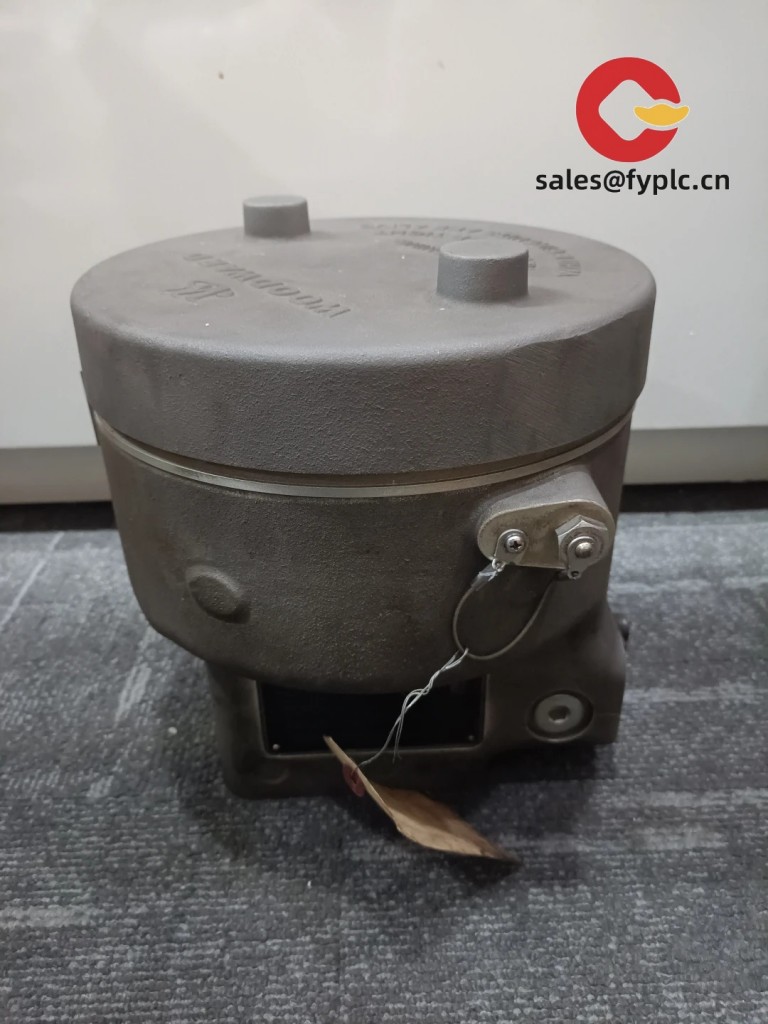
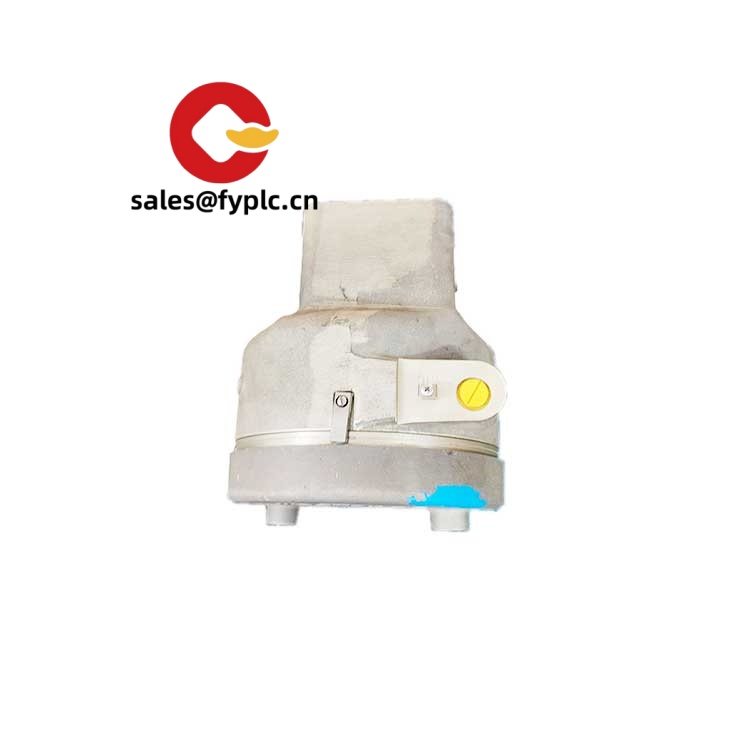
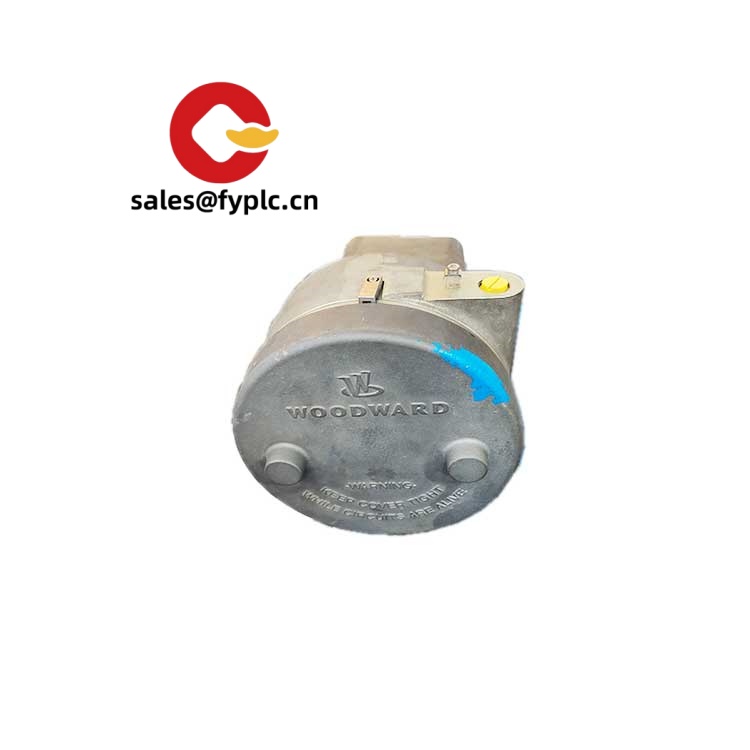
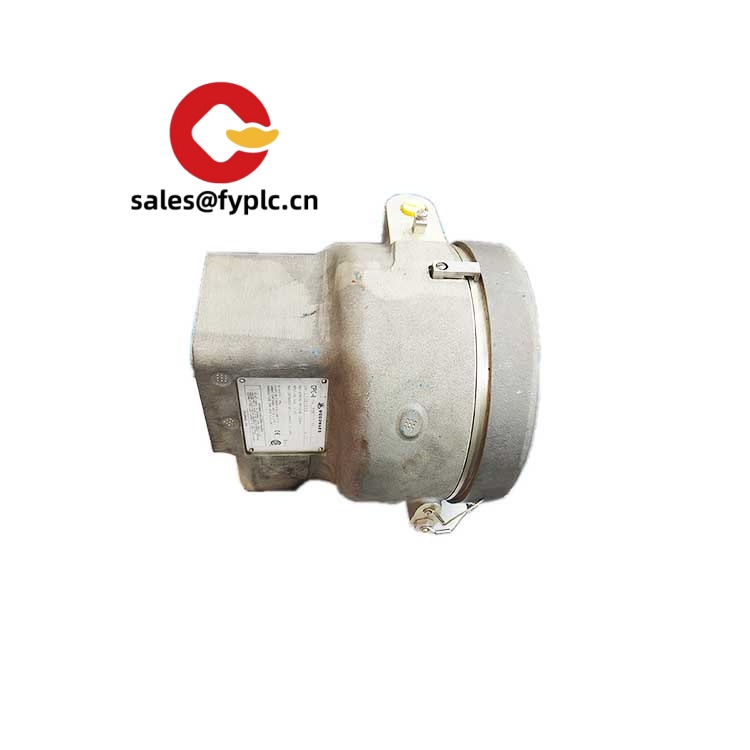

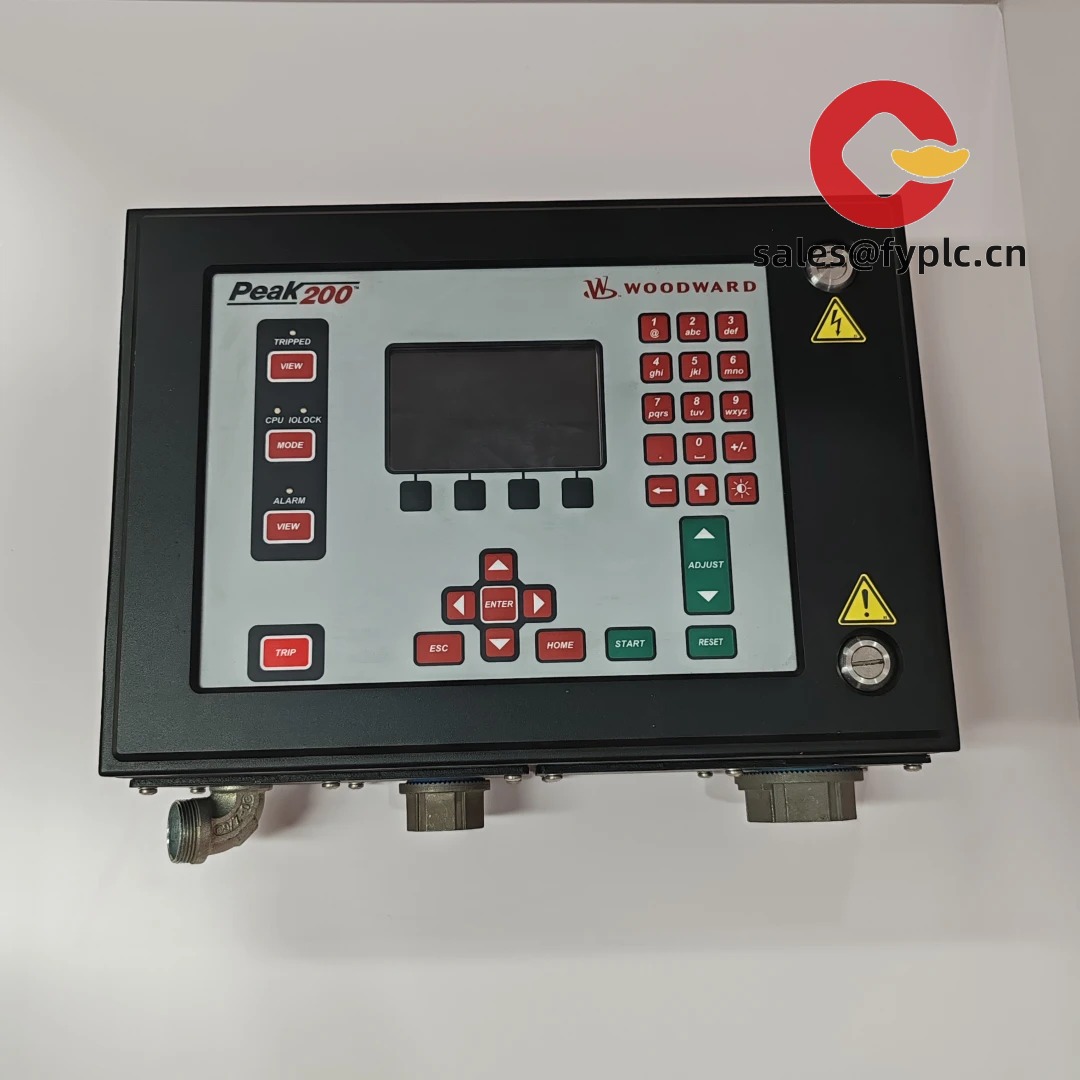
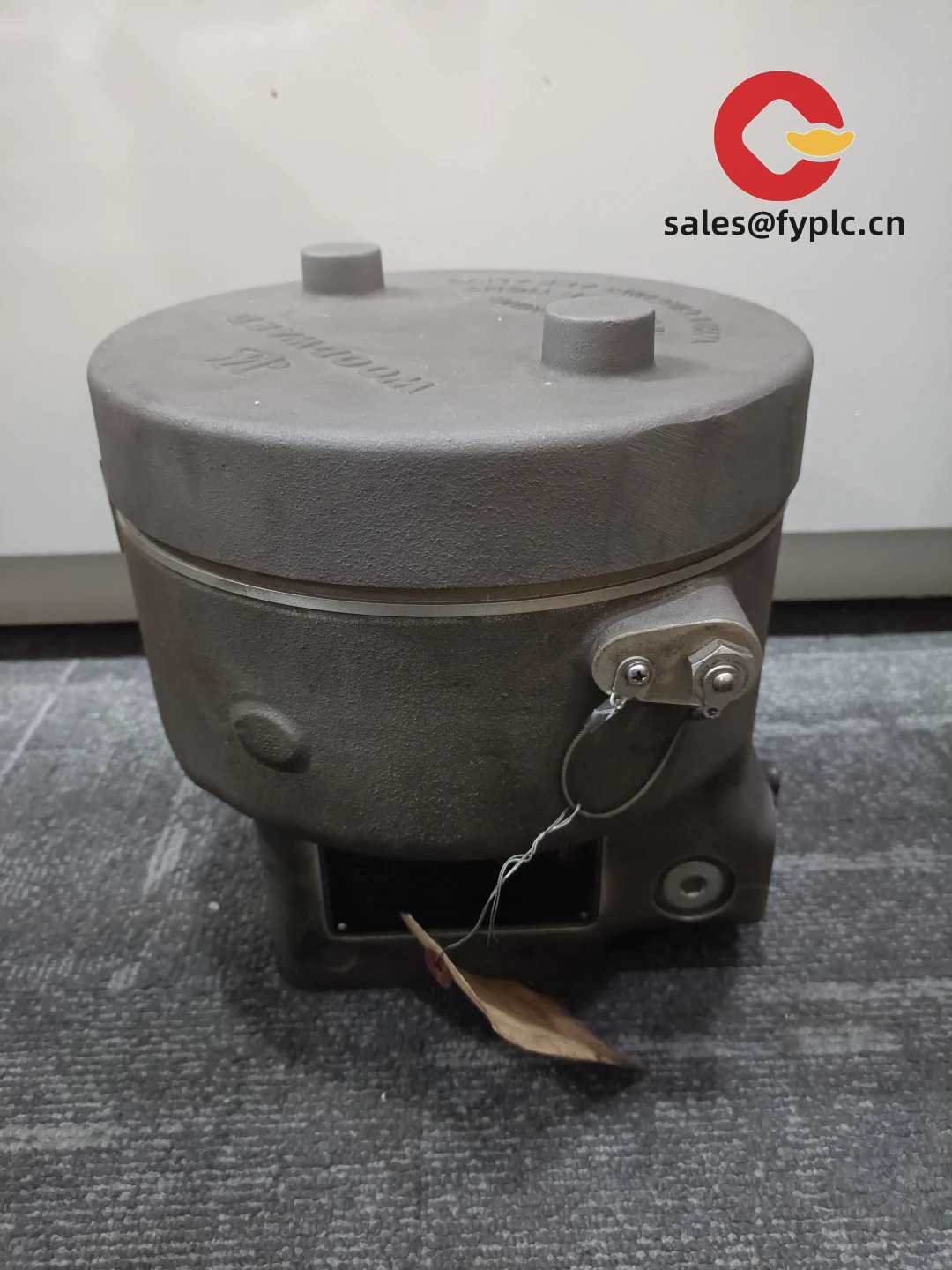
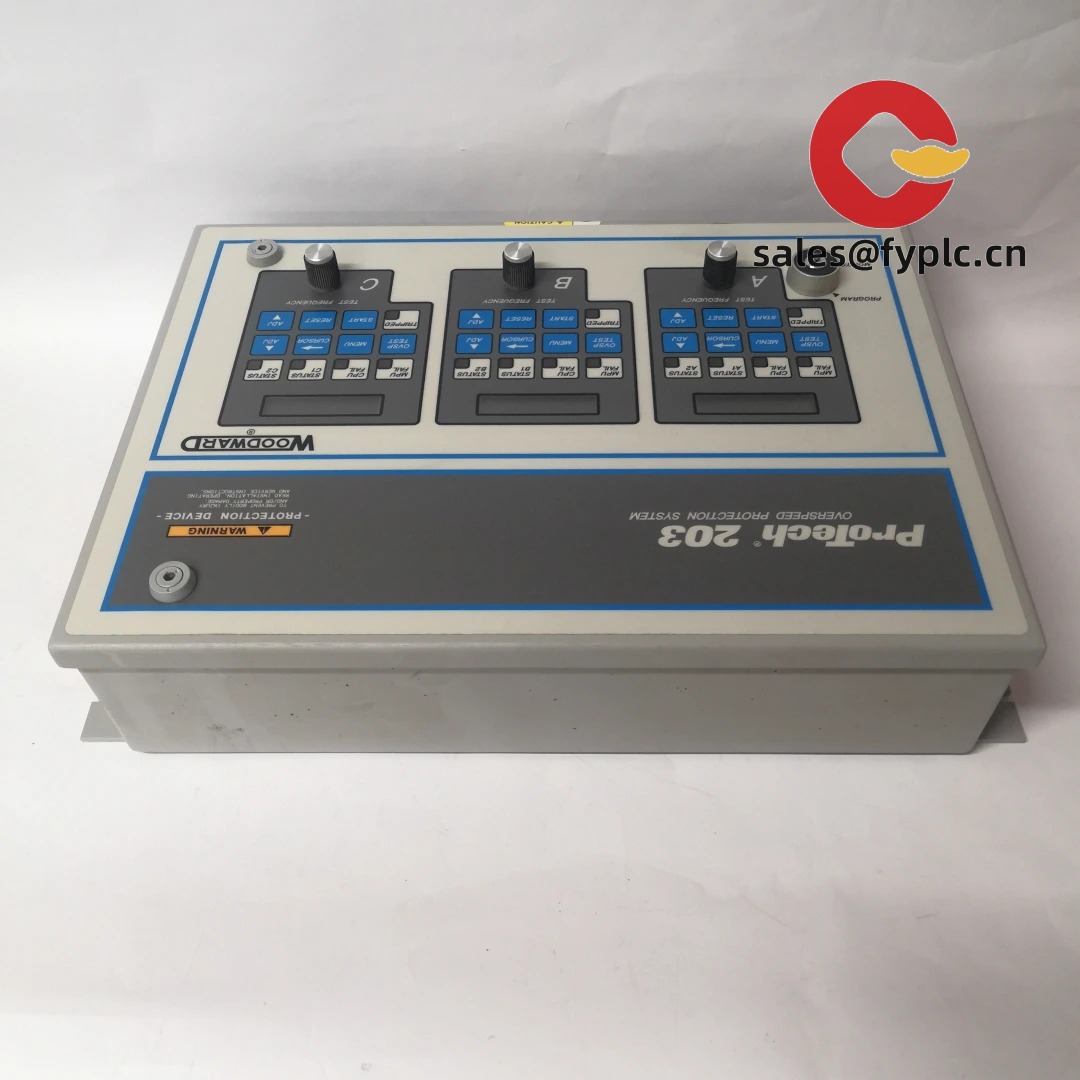

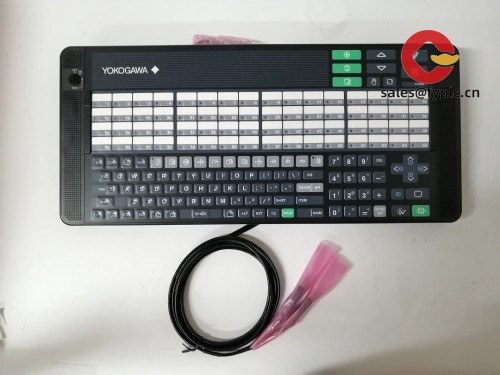


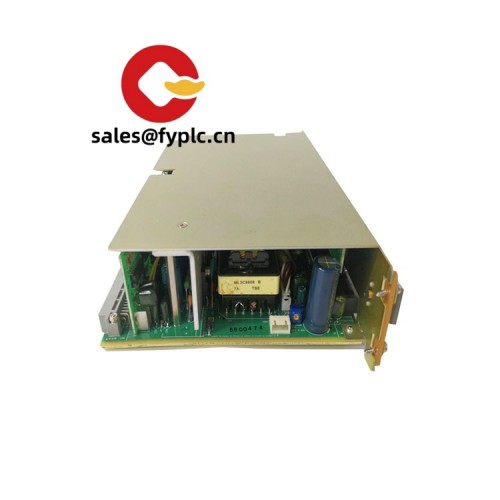


Reviews
There are no reviews yet.